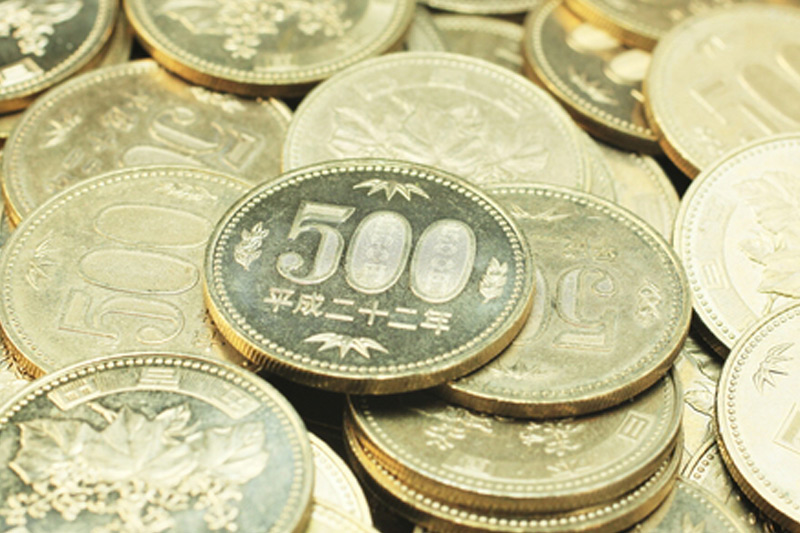By Joice Alves and Rae Wee
LONDON/SINGAPORE (Reuters) -The yen weakened to a fresh 15-year low against the euro on Tuesday after a small step by the Bank of Japan (BOJ) towards ending years of monetary stimulus failed to appease some investors who had expected a bigger move, while euro zone economic growth and inflation moved lower.
At the conclusion of its two-day policy meeting, the BOJ said that it would keep the 10-year government bond yield around 0% set under its yield curve control (YCC), but re-defined 1.0% as a loose “upper bound” rather than a rigid cap.
It also removed a pledge to defend the level with offers to buy unlimited amount of bonds.
Some analysts touted the move as a de-facto abolishment of the BOJ’s controversial YCC regime, but the yen still slid 1.1% to 150.69, moving towards a one-year low of 150.78 hit last week.
The euro jumped to a 15-year high against the Japanese currency, last up 1.5% at 160.66 yen.
“The 1% is no longer a strict cap and so that means they will allow for JGB yields to rise above 1%. To some extent, this is as good as quietly allowing YCC to fade in the background,” said Christopher Wong, a currency strategist at OCBC.
Elsewhere, the euro rose 0.5% to $1.0665 to a one-week high. The single currency looked set to reverse two straight months of losses with a 0.8% gain for October.
Inflation in the bloc fell more than expected to an annual rate of 2.9% in October from 4.3% in September, further easing any pressure on the European Central Bank (ECB) to hike rates.
But weak euro zone Gross Domestic Product (GDP), which saw a small decline of 0.1% in the third quarter, doesn’t add pressure on the central bank to cut rates, either, analysts said.
“With euro zone growth coming in at an uninspiring -0.1% for the quarter, there is a feeling that tightening undertaken over the course of the past year has brought to the kind of soft landing and disinflationary environment the ECB has been aiming for,” said Joshua Mahony, Chief Market Analyst at Scope Markets.
The was last down 0.18% at 105.97.
While the index looked set to end the month broadly unchanged, analysts say the dollar remains underpinned by risks of another rate hike from the Federal Reserve, noting a still-resilient U.S. economy.
“The Fed can still have the luxury of sounding hawkish in its outlook, by stressing the ‘high for long’ narrative,” said Thierry Wizman, Macquarie’s global FX and interest rates strategist, ahead of the Fed’s policy decision due on Wednesday, where it is expected to hold rates steady for now.
Sterling rose 0.2% to $1.2196 ahead of an interest rate decision by the Bank of England later in the week where expectations are also for the central bank to stand pat.
Read the full article here
